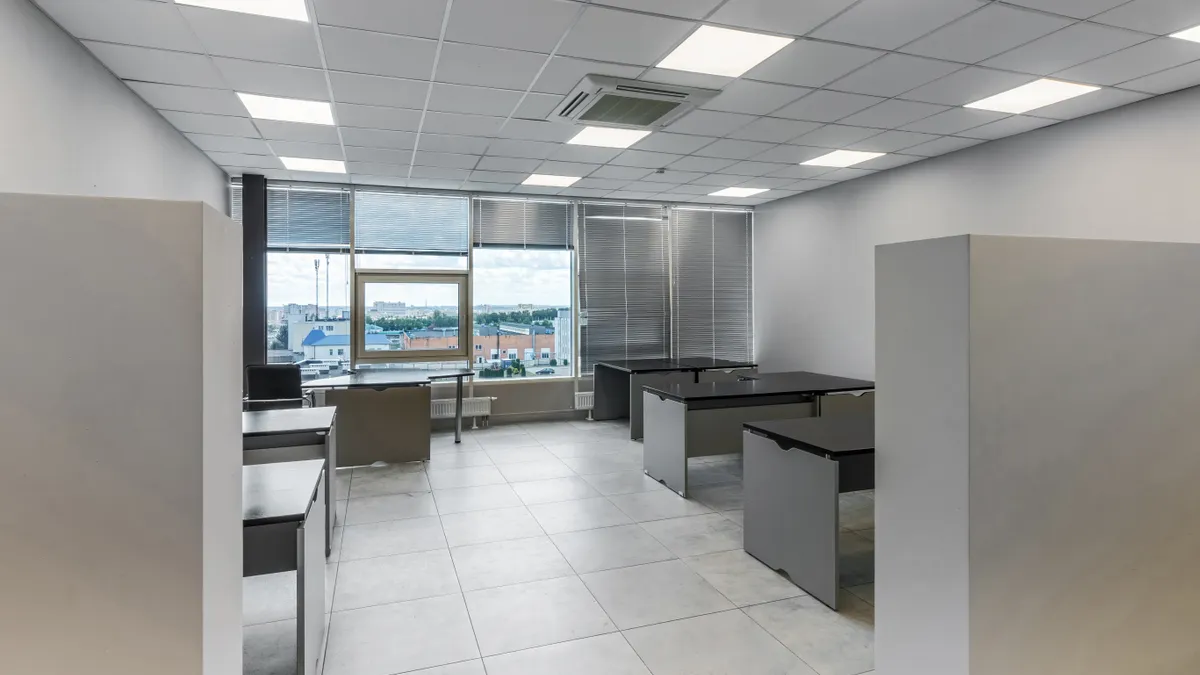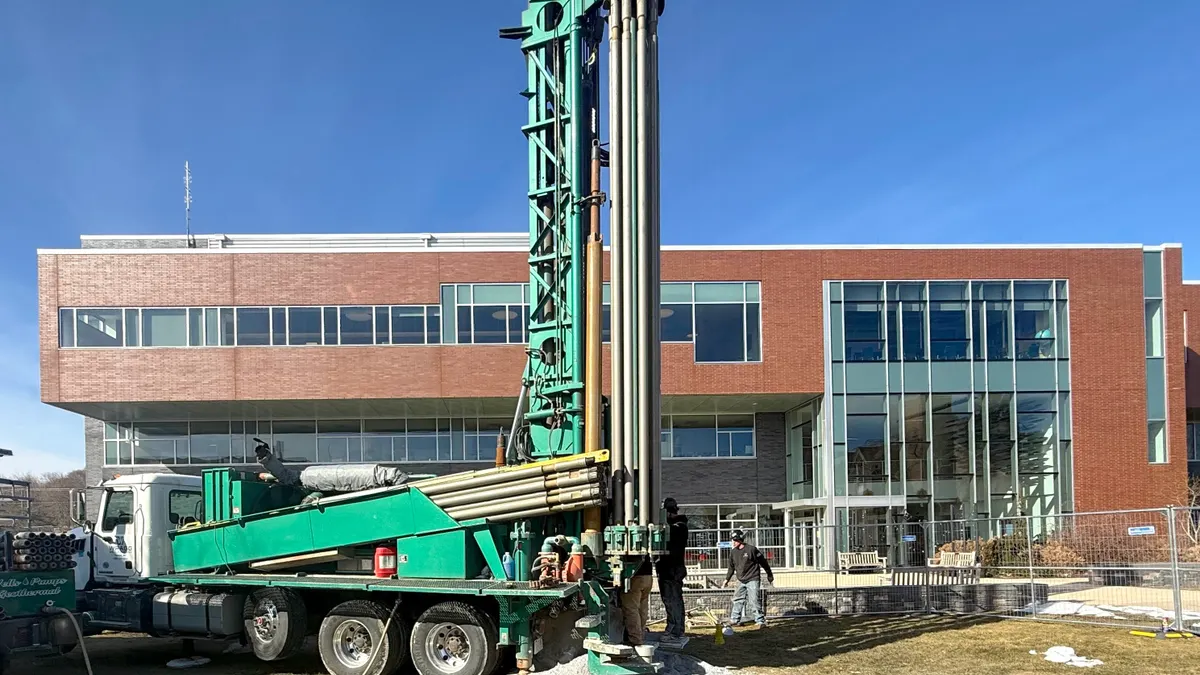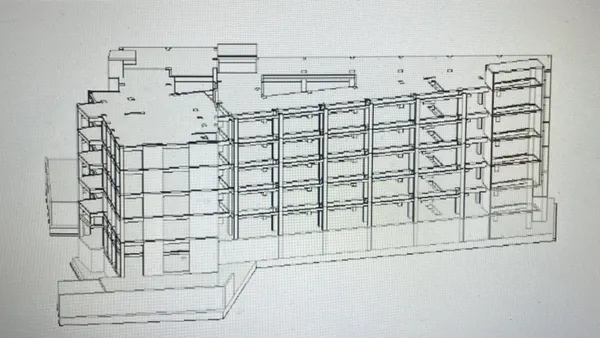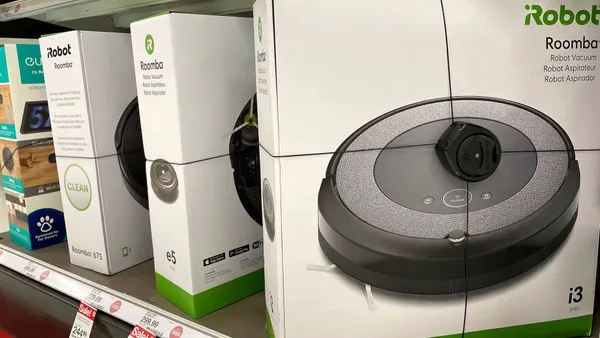Dive Brief:
- Federal buildings will test 17 emerging and sustainable technologies to help accelerate their path to net-zero emissions in an expanded Green Proving Ground program from the U.S. General Services Administration and the U.S. Department of Energy.
- This year’s $9.6 million effort will involve installing and evaluating technologies for building envelopes and enclosures, HVAC systems, on-site renewables and occupant comfort and building health, GSA said in a news release Thursday.
- Results from this year’s evaluations are expected to be available in 2026. The findings can help “inform future investment decisions in next-generation building technologies,” the GSA said.
Dive Insight:
The GPG program utilizes the GSA’s real estate portfolio to assess the technical and operational features of the selected technologies in real-world environments and their potential for wide-scale adoption in the future, the agency said. It “demonstrates how the federal government can use public-private partnerships to boost American innovation and lay the groundwork for healthy, resilient facilities across the nation,” GSA Administrator Robin Carnahan said in a statement Thursday.
Since 2011, the GPG program has evaluated 107 technologies, 23 of which are now deployed across more than a third of the GSA’s federally owned portfolio, the release said. These technologies save $28 million annually and avoid 116,000 tons of carbon dioxide emissions each year, the GSA said.
The GSA was able to triple the size of the GPG program this year with a $30 million allocation from the Inflation Reduction Act, it said.
The technologies the GPG program is studying in this cohort include Lamarr.ai’s automated diagnostic technology to assess building envelope performance and identify cost-effective retrofits that boost efficiency.
Five technologies related to improving building health and occupant comfort include two low-embodied-carbon cement technologies from C-Crete Technologies and Sublime Systems, a wearable light exposure measurement system from Blue Iris Labs, an LED troffer retrofit with germicidal ultraviolet-C light from Louvers International, a diagnostic and data analytics platform for pathogen protection and energy management from SafeTraces, and energy-saving, phase-change-material ceiling tiles from Armstrong World Industries.
Seven technologies in the cohort could lower HVAC systems’ consumption of on-site energy: a modular ice-based energy storage system from Nostromo Energy, a modular cold-climate air source heat pump from Trane Technologies, “very high efficiency HVAC” from the Institute for Market Transformation, an air conditioning system that incorporates a liquid desiccant and evaporative cooling from Blue Frontier, a refrigerant lifecycle management strategy from êffecterra and an Internet of Things-based building management system from 75F.
The remaining four technologies provide on-site renewable energy: a geothermal retrofit solution from Brightcore Energy, battery energy storage systems from Gridscape Solutions and Moxion Power, and a building-integrated photovoltaic sunshade from Vitro Architectural Glass and Oldcastle BuildingEnvelope.
For emerging and sustainable building technologies interested in participating in the GPG program, the next request for information will open on Aug. 1.












